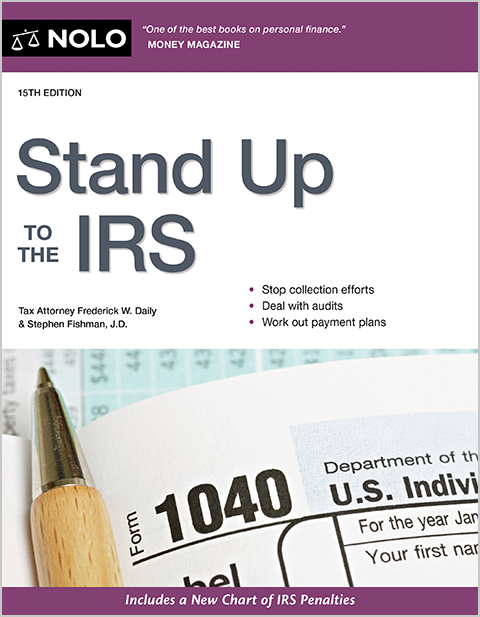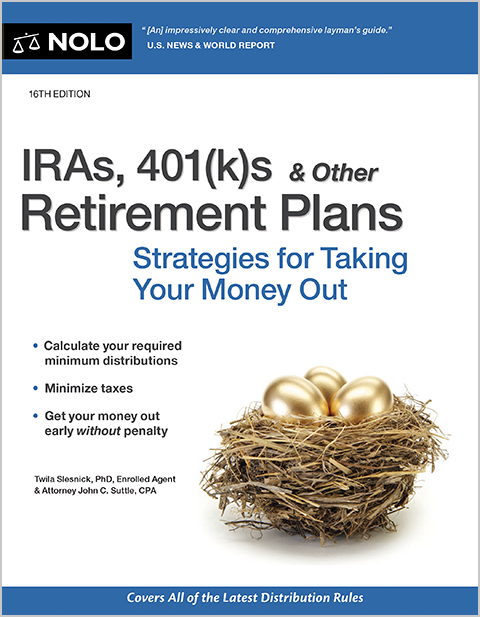Learn how to qualify for the $250,000/$500,000 home sale tax exclusion, including rules for ownership, unforeseen circumstances, and partial exclusions to save on capital gains tax when selling your primary residence.
Selling your home can be a major financial milestone, and understanding the tax implications can help you keep more of your profit. The home sale tax exclusion, also known as the Section 121 exclusion, allows eligible homeowners to exclude up to $250,000 of capital gains from income tax (up to $500,000 for married couples filing jointly) when selling their principal residence.
This article explains how to qualify for this valuable tax break, including rules around ownership, use, and exceptions for unforeseen circumstances, as well as how partial exclusions work if you don't meet all of the standard requirements.
What Is the Home Sale Tax Exclusion?
The best tax break for homeowners is the home sale tax exclusion. If you qualify, you don't have to pay any income tax on up to $250,000 of the gain from the sale of your principal residence if you're single, or up to $500,000 if you're married and file a joint return.
Ownership Rules
To qualify for the tax exclusion, you must own and occupy the home as your principal residence for at least two years out of the five years before you sell it. Moreover, you can use the exclusion only once every two years.
Getting a Partial Exclusion
Unfortunately, it's not always possible to satisfy the requirements for the full $250,000/$500,000 exclusion. For example, if you buy a home and have to move one year later, you won't qualify for the full exclusion. In this event, however, you might be able to salvage a partial exclusion.
Who Can Get a Partial Exclusion?
The IRS is fairly lenient here and says you can get a partial exclusion if you have a good excuse for not living in the home for two full years before you sell. It has established some standard good excuses. These include a change in your place of employment or health problems that require you to move.
But what if you have to move for reasons other than a change in your job or health problems? Fortunately, good excuses aren't necessarily limited to these two. There is a third catch-all good excuse category: These are circumstances you didn't foresee when you bought the home that forced you to sell it within two years.
What Constitutes Unforeseen Circumstances?
The IRS has established several unforeseen circumstances safe harbors. If you move for one of these reasons, you will automatically qualify for a partial tax exclusion:
- a death in the family
- losing your job and qualifying for unemployment
- not being able to afford the house anymore because of a change in employment or marital status
- a natural disaster that destroys your house, or
- you or your spouse have twins or another multiple birth.
However, all isn't necessarily lost if the reason for your move doesn't fall within one of the safe harbors. Taxpayers have been able to convince the IRS that their moves were caused by many different types of unforeseen circumstances, and they were therefore entitled to a partial tax exclusion. These include:
- Extreme bullying. A single mother of two daughters was forced to move after less than two years because one of her children was subjected to extreme bullying at school. (Letter Ruling 20082016.)
- Unexpected pregnancy and breakup. An engaged couple bought a house together, but broke up after seven months when the woman unexpectedly became pregnant. They had to move because the house wasn't big enough for two adults to live in separately with a child, and neither could afford it alone. (Letter Ruling 200652041.)
- Adoption. A married couple wanted to adopt a foreign child. However, state law required that they provide a separate bedroom for the girl, so they sold their home to rent a larger home with an additional room for the adopted child. (Letter Ruling 200613009.)
- Personal safety. A couple unknowingly purchased a home in a high-crime area. They sold it after one of them was severely assaulted by several neighbors, requiring a trip to the emergency room, and their son was assaulted and threatened. (Letter Ruling 200601009.)
- Fear of criminal retaliation. A police officer and his family sold their home after he was threatened with death by the associates of a drug dealer he arrested. (Letter Ruling 200615011.)
- Move from seniors-only community. An older couple purchased a home in a senior-only retirement community. Soon thereafter, their adult daughter wanted to move in with them because she had lost her job and was getting divorced. However, the daughter and her child could not live in the retirement community because of their age. So, the couple sold their home and purchased a new home in which their daughter and grandchild could live with them. (Letter Ruling 20601023.)
Circumstances That Aren't Unforeseen
However, there are certain types of life events that the IRS doesn't regard as unforeseen circumstances. If you sell your home because of one of these, you won't qualify for a partial home sale exclusion. These include:
- bankruptcy of an employer when the taxpayer doesn't lose their job
- marriage
- getting sent to jail
- environmental problems, or
- a long-term decline in the real estate market.
Calculating Your Partial Home Sale Tax Exclusion
A partial home sale tax exclusion is ordinarily limited to the percentage of the two years up to the date of the sale that you owned and occupied the home as your principal residence.
Learn More
Find out about IRS audit rates and the odds of you being audited in What Are the Triggers of IRS Tax Audits?
Read about how long it typically takes to do taxes.
Get information about common tax deductions for individuals.
Read more about the home sale tax exclusion in the IRS publication Topic no. 701, Sale of your home.
Talk to a Tax Pro
Hiring the right tax professional is important because getting good tax help can translate into more money in your pocket. To get clarification about your eligibility for the home sale tax exclusion and learn more about tax deductions and other exclusions, talk to a tax lawyer or other tax adviser.
Talk to a Tax Attorney
Need a lawyer? Start here.
How it Works
- Briefly tell us about your case
- Provide your contact information
- Choose attorneys to contact you
- Briefly tell us about your case
- Provide your contact information
- Choose attorneys to contact you

